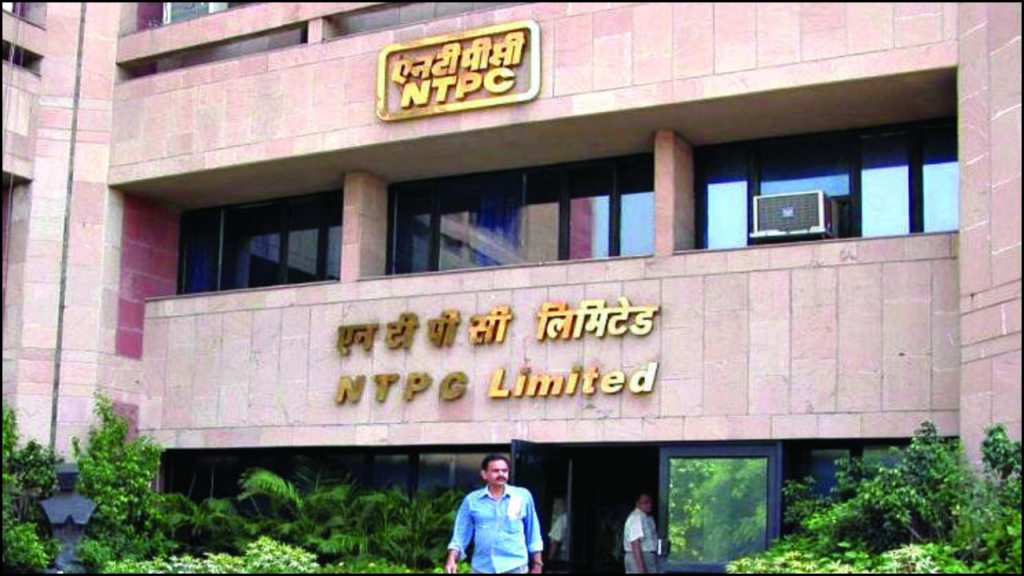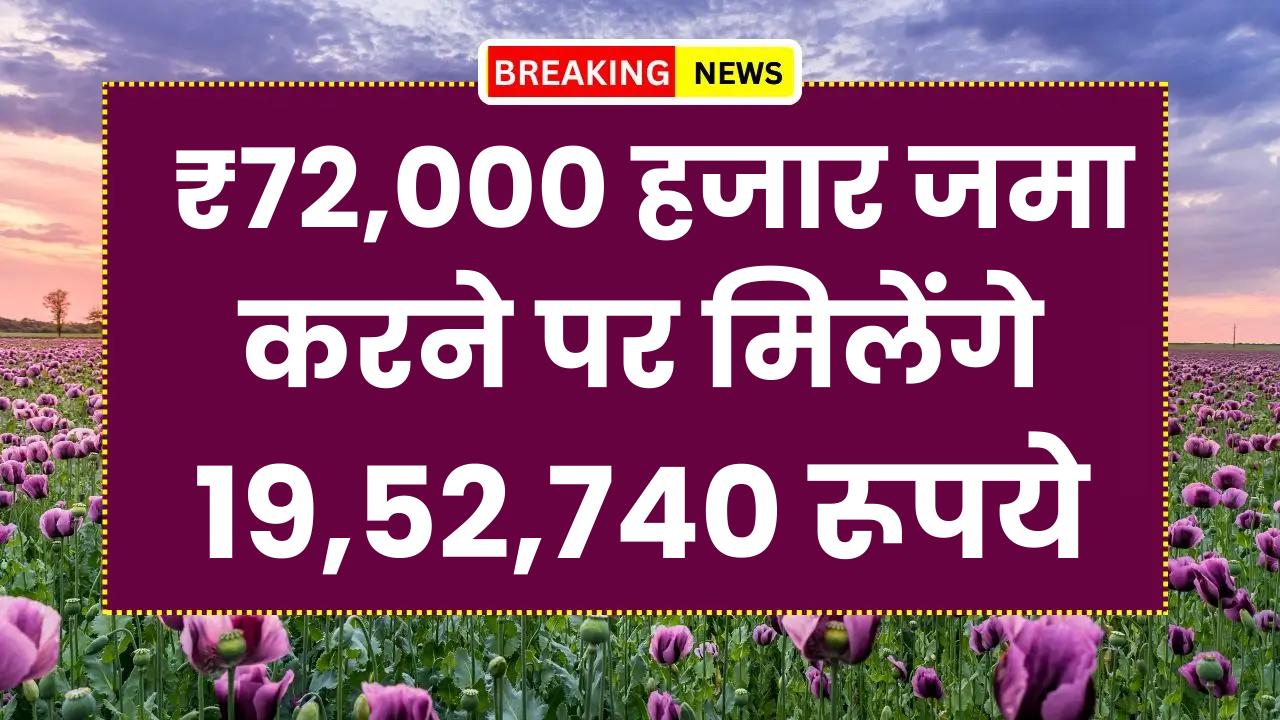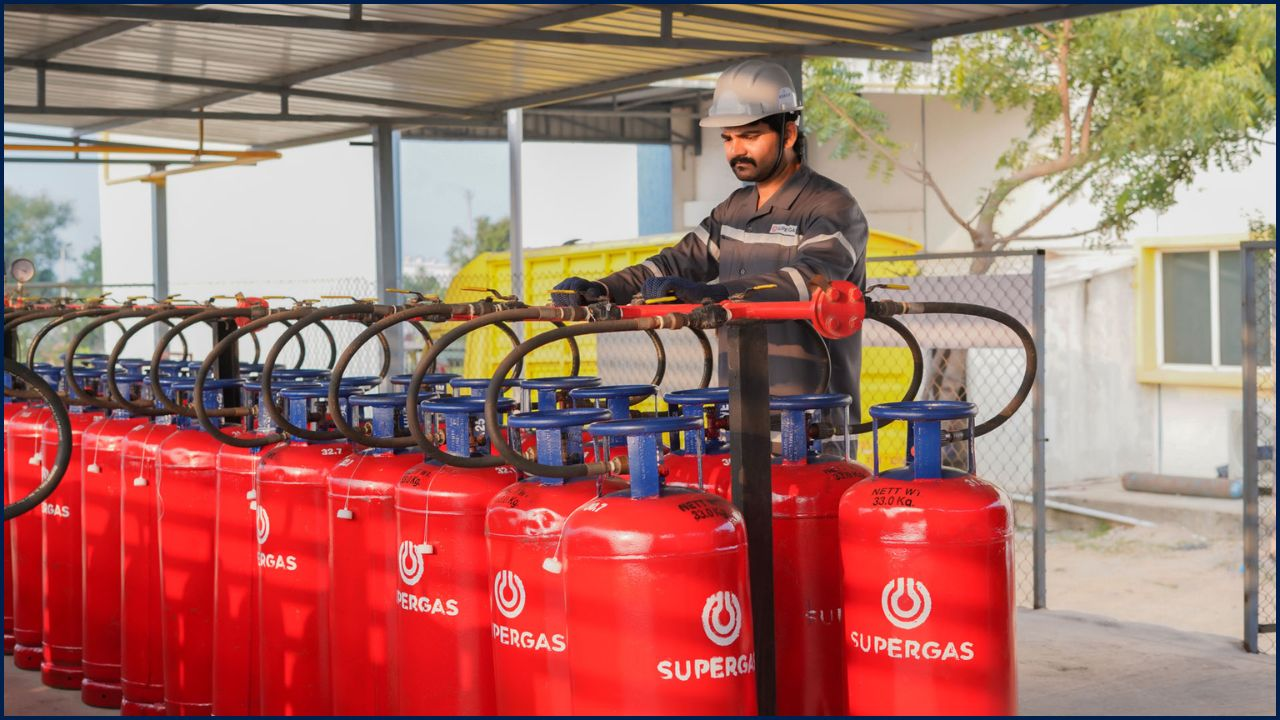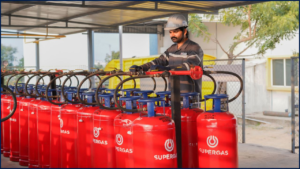
India’s uranium mining sector is on the cusp of change as the government considers ending its decades-old monopoly. State-run utility NTPC Limited has been tasked with identifying uranium mines overseas, a move designed to secure fuel for India’s nuclear power ambitions and potentially open the door to private and foreign participation.
NTPC’s New Role in Securing Uranium
NTPC, traditionally India’s largest coal and renewable power producer, has announced plans to expand into nuclear energy. To support this strategy, the company will appoint a consultant to conduct techno-commercial due diligence of overseas uranium assets, according to The Economic Times.
The proposed collaboration with the Uranium Corporation of India Limited (UCIL) would allow NTPC to identify potential investments and strengthen long-term fuel security. India’s existing uranium reserves are estimated at about 76,000 tonnes, but they cover only a fraction of the country’s future nuclear energy needs.
Historical Context: Uranium in India’s Nuclear Journey
India’s first uranium mine was commissioned at Jaduguda in Jharkhand in 1967, operated by UCIL. Since then, uranium mining has expanded to several sites including Narwapahar, Turamdih, and Tummalapalle in Andhra Pradesh.
Yet domestic uranium has long been insufficient for India’s nuclear programme. Sanctions following nuclear tests in 1974 and 1998 restricted international cooperation, making uranium imports nearly impossible. It was only after the 2008 waiver from the Nuclear Suppliers Group (NSG) that India gained access to global nuclear markets. This history explains why policymakers remain cautious but also why reforms are now urgent.
India’s Three-Stage Nuclear Programme
At the core of India’s nuclear strategy is Homi Bhabha’s three-stage programme.
- Stage One: Use natural uranium in pressurised heavy water reactors (PHWRs).
- Stage Two: Reprocess plutonium from PHWRs and use it in fast breeder reactors.
- Stage Three: Deploy thorium-based reactors, leveraging India’s abundant thorium reserves.
Uranium is the essential starting point. Without reliable uranium supplies, India cannot progress to later stages or meet its goal of producing 63 GW of nuclear power by 2047.
Policy Shift: Ending State Monopoly
For decades, the Department of Atomic Energy (DAE) has tightly controlled uranium mining, processing, and imports. This framework is now under review. According to Reuters, the government is preparing to allow private firms to mine and import uranium for the first time, while continuing to reserve sensitive functions such as reprocessing and waste management for state agencies.
Industry experts suggest that liberalisation could accelerate India’s nuclear expansion, which has been constrained by fuel shortages. However, any relaxation of state control will require legislative amendments and new regulatory safeguards.
Global Uranium Market and India’s Position
Globally, uranium production is dominated by Kazakhstan, Canada, and Australia, which together account for over two-thirds of output. Prices have fluctuated in recent years due to supply cuts and renewed interest in nuclear energy as a low-carbon option.
India currently imports uranium from countries such as Kazakhstan, Canada, and Russia. Expanding direct access through overseas stakes, as NTPC plans, could insulate India from market volatility and strengthen long-term contracts.
Growing Private and Foreign Interest
Several companies have signalled interest in entering the uranium mining sector if the policy change is approved. Hindustan Zinc, part of the Vedanta Group, recently told Reuters it is prepared to expand into uranium extraction when regulations allow.
Foreign partnerships may also become possible under the new framework, though foreign ownership is expected to be capped at minority stakes. Analysts say this approach balances India’s need for capital and advanced technology with its strategic and security requirements.
Local Projects and Regional Concerns
Even as national policy debates unfold, uranium mining projects are advancing at the state level. In Rajasthan’s Sikar district, UCIL has announced a ₹3,000 crore investment that is expected to create more than 1,600 direct jobs, most of them for local residents, The Times of India reported.
At the same time, state governments have raised concerns about environmental and social impacts. Officials in Kerala, for example, have objected to central rules that allow uranium and thorium extraction along coastal zones without local consultation. These disputes highlight the tension between national energy goals and state-level priorities.
Environmental and Social Challenges
Uranium mining carries risks of radiation exposure, groundwater contamination, and displacement of local communities. Civil society groups have long opposed expansion in Jharkhand, citing health impacts near Jaduguda.
“Mining uranium is not just about energy security—it directly affects people’s lives and livelihoods,” said Rameshwar Oraon, an activist in Jharkhand. Environmentalists argue that any expansion must include robust safeguards, transparent monitoring, and fair compensation.
Geopolitical and Climate Implications
India’s nuclear expansion is tied to its net-zero 2070 pledge and its broader energy security strategy. With rising energy demand, nuclear is positioned as a stable, low-carbon complement to renewables.
Partnerships with uranium suppliers like Australia and Canada also strengthen India’s diplomatic ties within the Indo-Pacific. Analysts note that reducing reliance on fossil fuel imports aligns with both climate goals and geopolitical resilience.
Balancing Opportunities and Risks
Analysts warn that opening the uranium sector brings both opportunities and risks. Increased participation by private and foreign firms could inject much-needed investment and technology, but also raises challenges around safety, regulation, and local opposition.
“The expansion of uranium mining will be critical to India’s net-zero pathway,” said Dr. Anya Sharma, a senior fellow at the Observer Research Foundation. “Yet the government must ensure strong oversight to safeguard communities and prevent environmental damage.”
Comparisons with Other Countries
Other uranium-rich nations provide useful comparisons. Canada allows private companies to mine uranium under strict federal and provincial regulation. Australia, one of the world’s largest producers, has a mix of state-owned and private participation but imposes strict environmental standards.
India may seek to adapt elements of these models while maintaining strong state oversight over sensitive nuclear processes.
The Road Ahead
The timeline for policy changes remains uncertain. Officials have not announced when amendments to the Atomic Energy Act might be tabled, but discussions suggest a phased approach is likely. Meanwhile, NTPC’s search for overseas uranium mines signals a new era in which India is preparing to diversify fuel sources beyond its borders.
As India pursues its ambitious nuclear energy expansion, the challenge will be to balance rapid growth with public trust, environmental safeguards, and national security. The unfolding policy debate is set to shape the future of India’s energy landscape for decades.
Conclusion
India’s effort to reform its uranium mining sector reflects both ambition and necessity. With NTPC stepping into a new role and private companies signalling interest, the country is moving towards a more diversified nuclear supply chain. Success will depend on whether policymakers can manage the risks of liberalisation while meeting the growing demand for clean energy.















